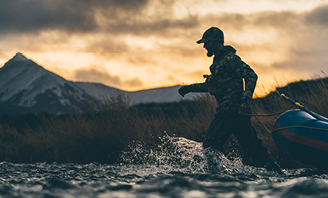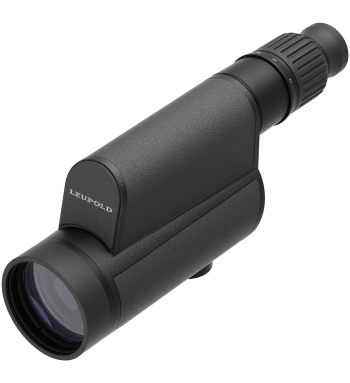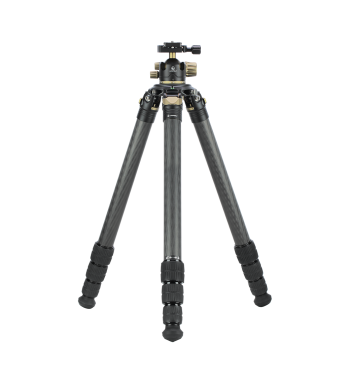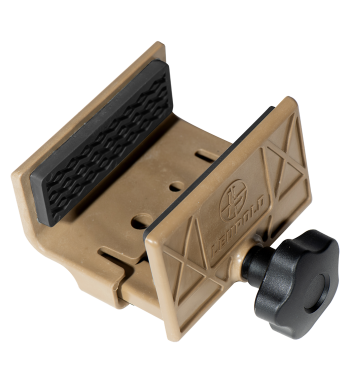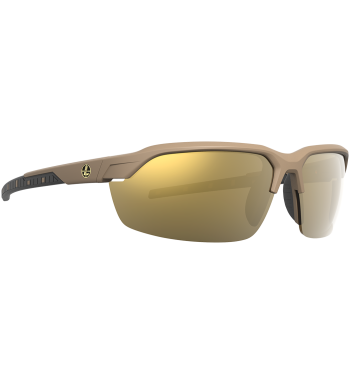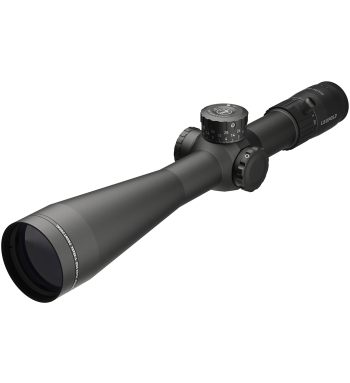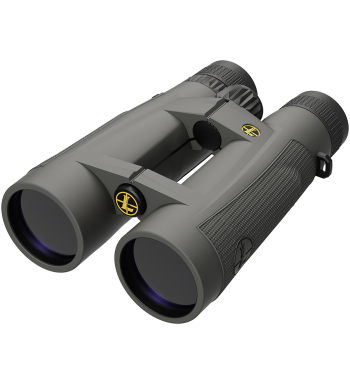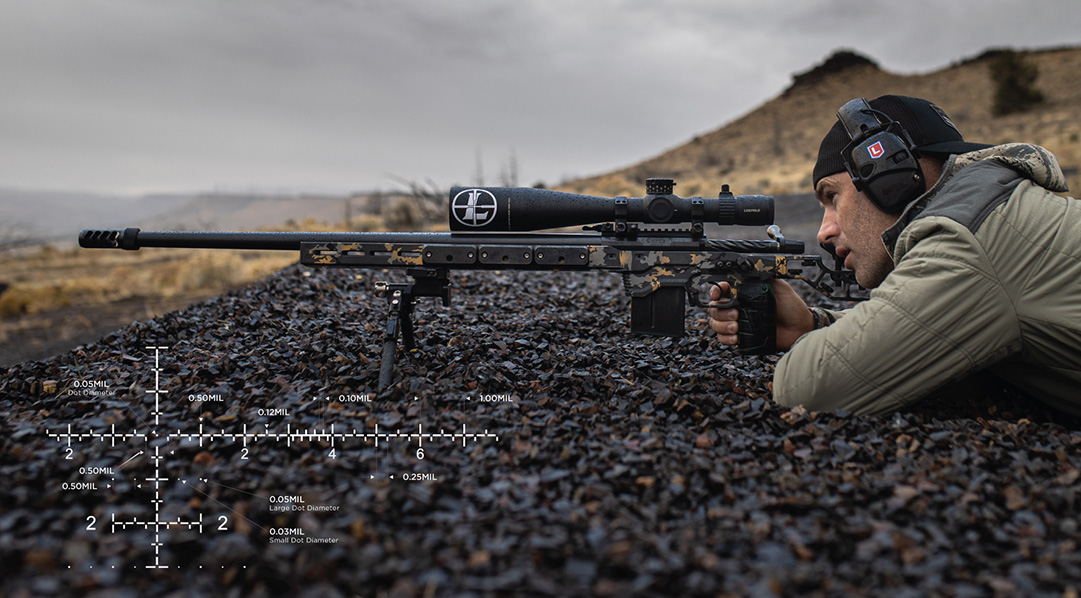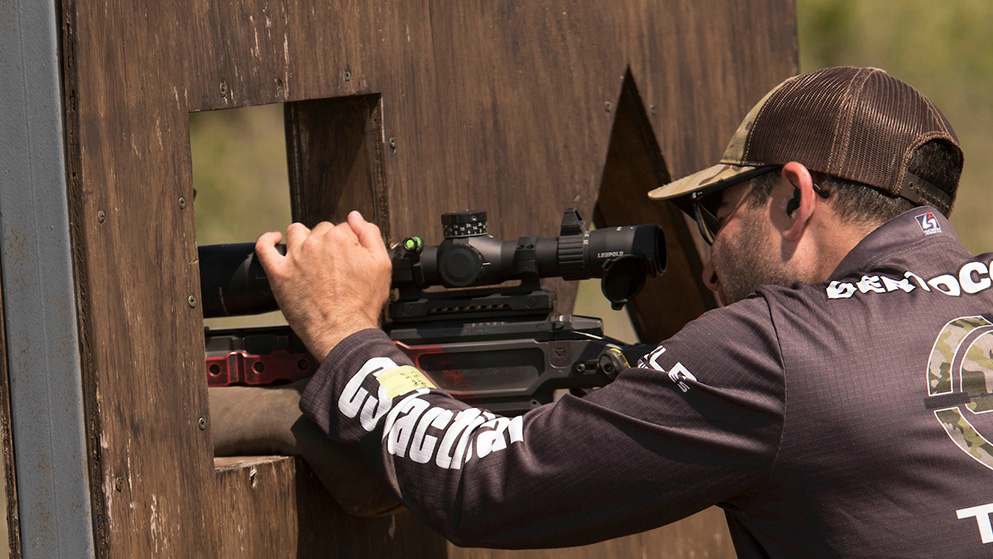How To Successfully Shoot A Stage At A Precision Rifle Competition
How To Successfully Shoot A Stage At A Precision Rifle Competition
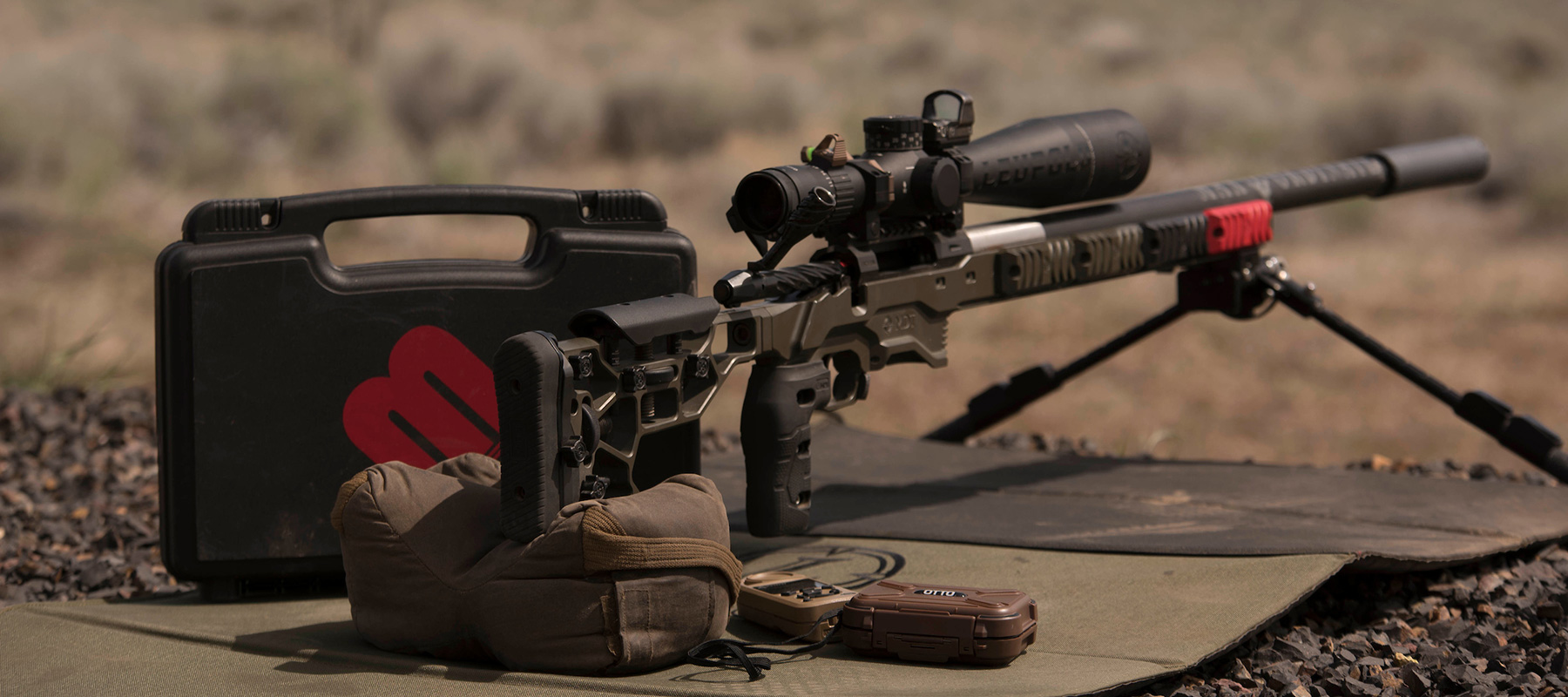

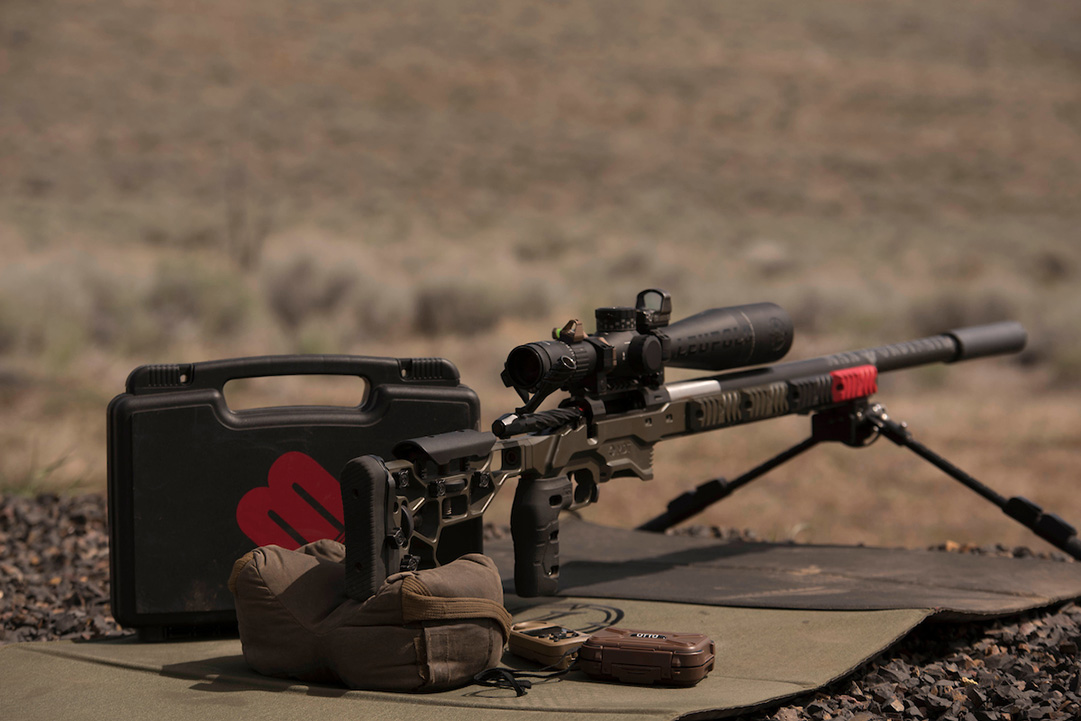
Repetition is the key to success. Do something enough times and it becomes second nature. So it’s not groundbreaking when I say precision rifle competition shooting is all about repetition. The competitors who practice regularly are consistently at the top of the results.
When we talk about practice and repetition in precision rifle, we’re usually referring to the actual act of shooting. But there’s a whole other side that shooters rarely talk about, and that’s how to get ready to shoot a stage.
Getting Shooter Ready
The lead-up to that actual act of shooting can be just as important as when you’re on the clock. I see it happen all the time; The shooter doesn’t prep properly, the shot timer goes off, and everything proceeds to fall apart. It happens to everyone, even the best shooters, but the good news is that there are a couple of tricks you can use to make sure it isn’t a regular occurrence.
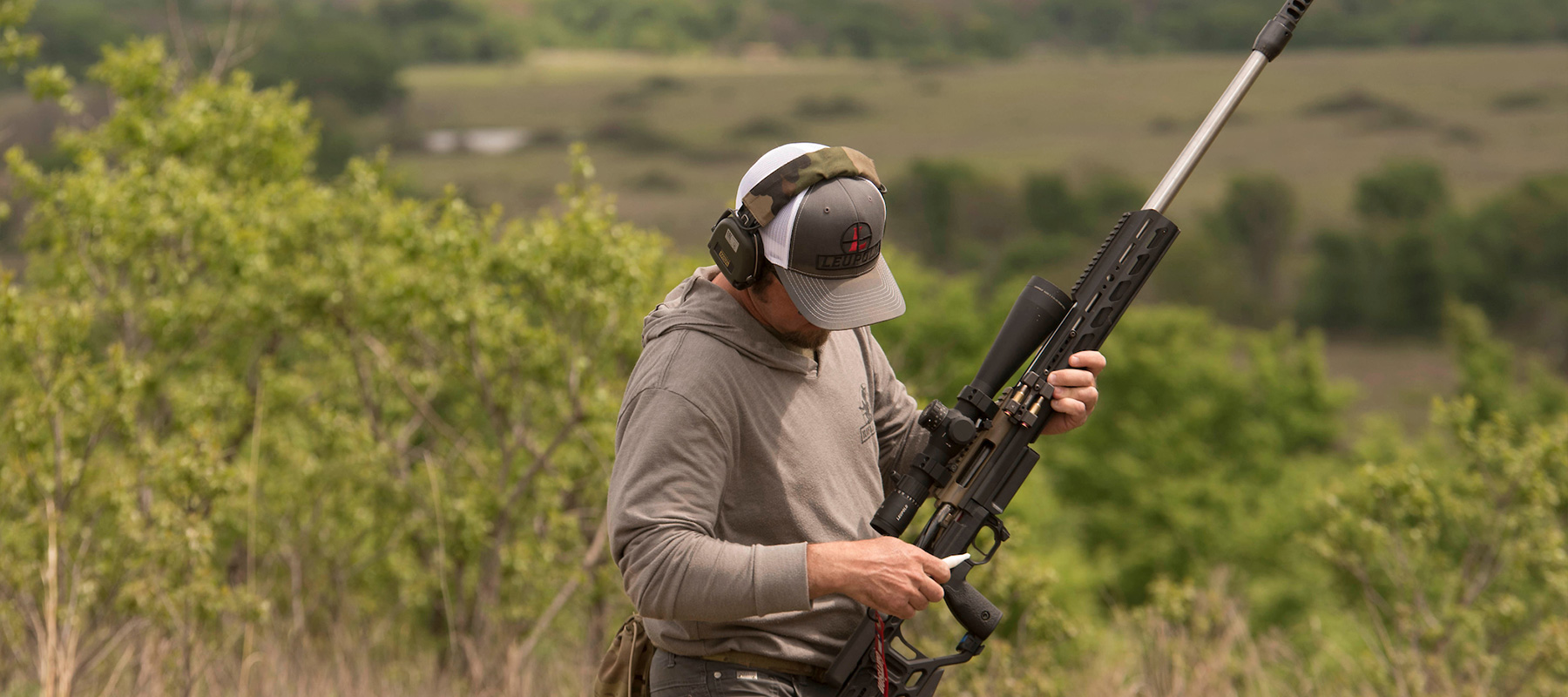

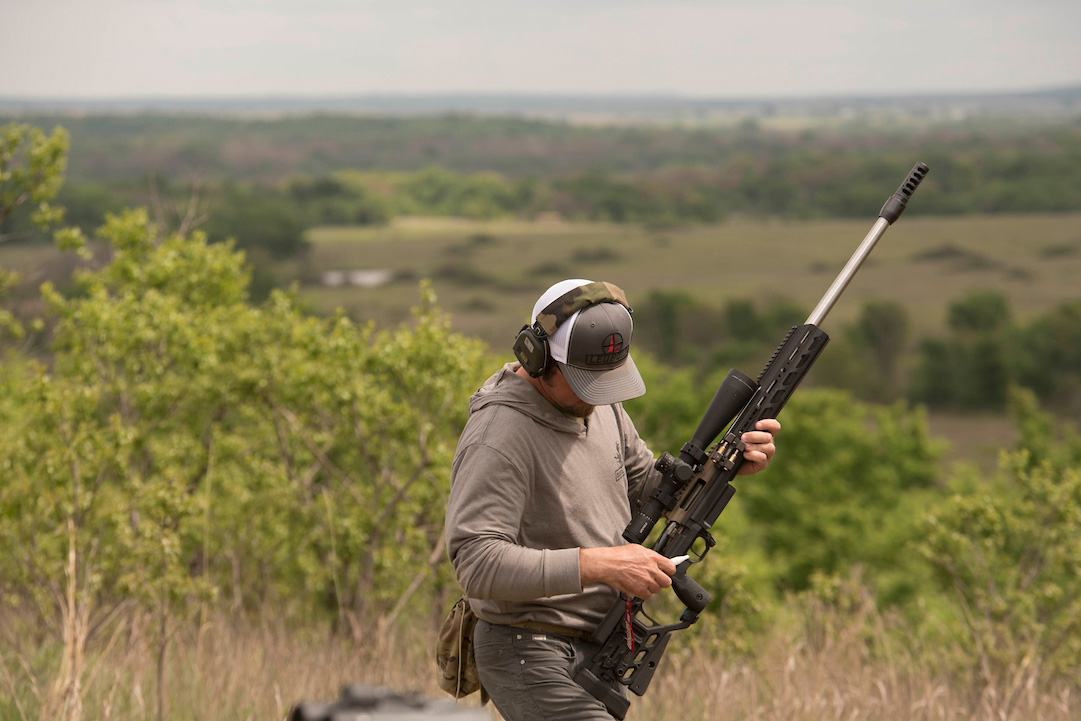
Below is a comprehensive list of everything you need to do to prepare for and succeed at any stage (when referring to standard PRS or NRL style matches).
- Receive and read the stage brief in the matchbook
- Find the targets and designate terrain features for faster shooting
- Memorize the course of fire
- Run your ballistics
- Take your DOPE and wind readings and then record them however you prefer (arm boards, cards attached to the rifle, or a digital screen)
- Analyze the props you will shoot off of and determine the most stable position that affords you the most speed so you don’t time out
- Make sure your rifle is set up for the stage and you have the correct amount of ammo loaded
- Prepare all other tools you’ll need, like shooting bags, tripods, bipods, etc.
- Finally, take a breath and visualize shooting the stage in your head
If all of this sounds overwhelming, that’s because it is. When you first shoot competition you will get overwhelmed, but that is part of the process. Getting comfortable with that overwhelm is the key. And to do that, you need to repeat this process in the exact same order every time. The more you do it, the better you’ll be.
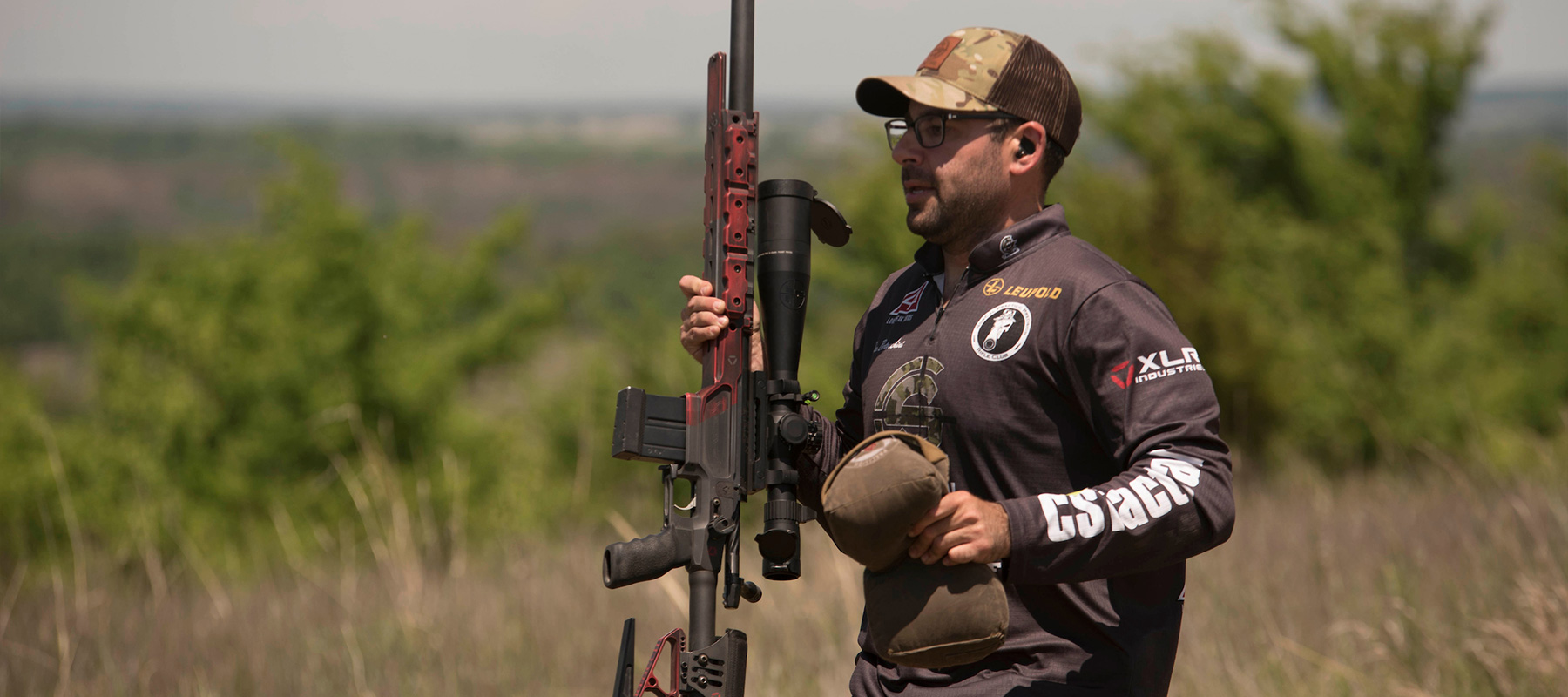

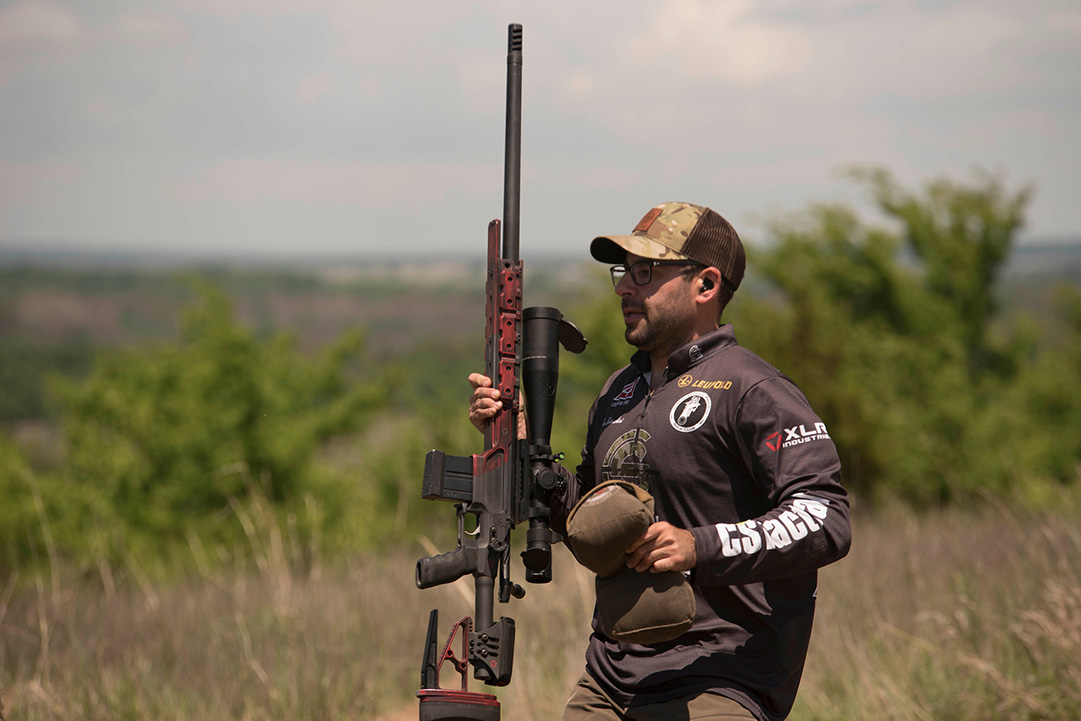
Routine is Key
It takes a lot of attention to detail to be successful with this style of shooting. It’s not easy, and it’s not supposed to be. But by building a process and doing it the same way every time, you can overcome that overwhelming feeling so that next time you step up to the R.O., you can confidently say “shooter ready”, and then dominate!
- First, I load ammo. I do this immediately after finishing the last stage and writing any notes in the matchbook. It is a relatively simple cognitive task that lets me come down a bit from the last stage, while still prepping for the next.
- Then I read through the brief for the next stage while still on my current stage. This gives me a moment to think about questions I may have for the R.O. during the actual stage brief.
- When I get to the stage, I listen intently to the verbal brief from the R.O. and ask for clarifications if needed. Better to ask now than right before you shoot, or worse, while on the clock.
- Then I locate the targets, taking mental notes of any landmark or terrain feature that will make them easier to find. Some matches will have boards that call out the targets, but some will just have descriptions of the targets in the book. This is a skill that gets better with practice. This is one thing I see frustrate new shooters the most. So go slow and make sure you know where they are.
- Once I have the targets, I look at the course of fire and the props that we’ll be using and assess the gear I’ll need. Then I visualize a run-through in my head at least twice.
- Now it’s time to run my DOPE. Then take a base wind reading from where I’m standing. It’s a good idea to get on the glass and try to see what the wind is doing downrange, too.
- I transfer those ballistics and wind readings to a DOPE card I attach to my rifle. I also will write them down in the matchbook. This gives me baseline data to analyze when I come off the stage.
- Then I address my rifle and scope. I dial in my DOPE for the first target, check my magnification, and make sure I set my parallax where I want it. I set up my bipod to make sure it’s how I want it, and do a quick check of all the rifle elements like the cheek piece and make sure nothing is loose.
- Now I gather anything else I absolutely need, like a shooting bag, tripod, shooting table, or any of the other pieces of gear that may help me. Be warned though, you’ll find out sometimes that too much gear can be a hindrance instead of a help.
- Finally, take some time to visualize and run through the course of fire one last time.
This routine is specific to me and might not work for everyone. Tweak it and try different things until you find a repeatable routine that works for you.
- Nic Kytlica, Tactical Shooting Manager @ Leupold
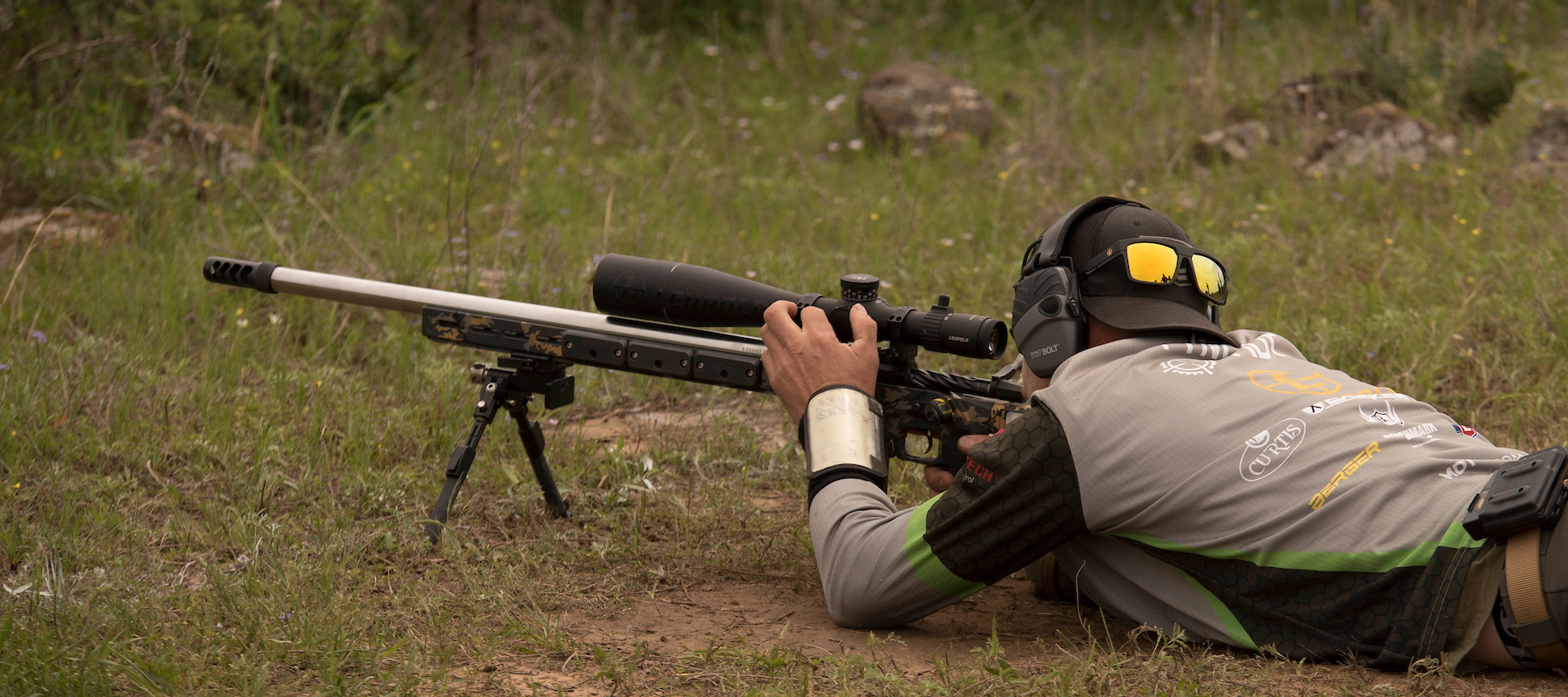


Shop Tactical Gear
Recommended for You
From the superior edge-to-edge clarity and extreme low-light performance to the three revolutions of elevation adjustment and versatility of the PR2™ reticle, the Mark 5HD will max out the performance of the latest long-range rifles and ammunition–guaranteed.
In precision rifle competition, speed and accuracy are everything. That's why we worked with our professional shooters to design the new PR1 and PR2 reticles which gives them the competitive edge to tackle any challenge that a modern competitive shooter might face.



